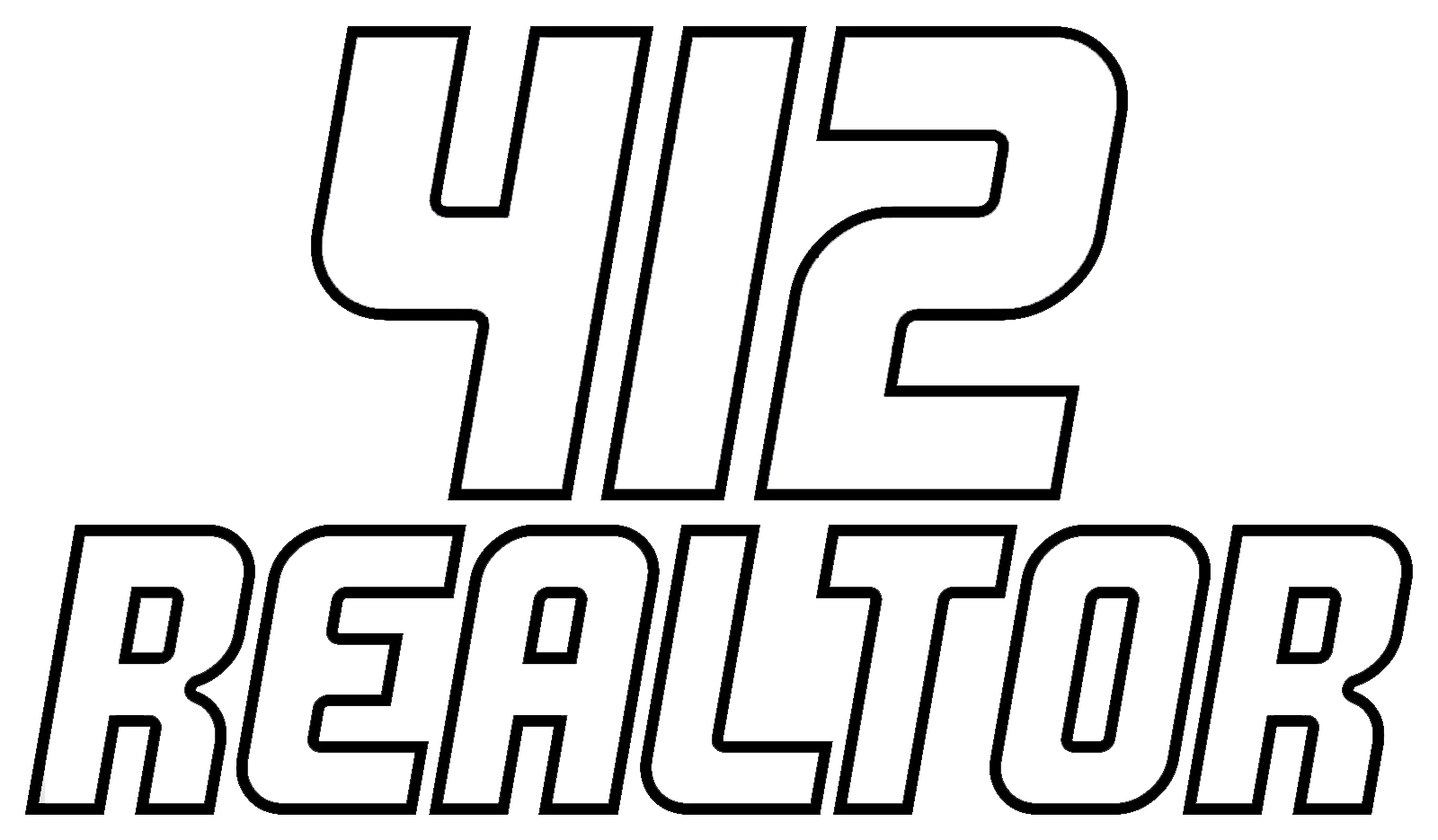Selling your home is a major transaction, and the offers you receive can come in various forms—some more complex than others. One term you may encounter during this process is a “contingent offer.” If you’re not familiar with this concept, it’s essential to understand what it means and how it could impact your sale.
In this article, we’ll break down what a contingent offer is, the most common types of contingencies, the pros and cons for sellers, and how to navigate them strategically.
What Is a Contingent Offer?
A contingent offer is a proposal to purchase a home that is dependent on one or more conditions being met before the sale is finalized. These conditions—called contingencies—give the buyer a way to back out of the contract without penalty if those terms aren’t satisfied within a specified timeframe.
In essence, a contingent offer means the deal isn’t a “sure thing” just yet. It’s an offer with strings attached.
Why Do Buyers Include Contingencies?
Contingencies are designed to protect the buyer. Buying a home is a huge financial commitment, and contingencies allow them to verify key factors—such as financing, condition of the home, and value—before fully committing to the purchase.
While they provide buyers with peace of mind, they can introduce uncertainty and delays for sellers.
Types of Contingencies Sellers Should Know
1. Home Inspection Contingency
Allows the buyer to conduct a professional inspection of the property. If major issues are discovered, the buyer may:
- Request repairs
- Renegotiate the price
- Cancel the deal entirely
Seller Tip: Be proactive by having a pre-listing inspection or addressing obvious issues ahead of time.
2. Appraisal Contingency
This comes into play if the buyer is using financing. Lenders require a home appraisal to ensure the property is worth the loan amount. If the home appraises lower than the offer price, the buyer may:
- Ask the seller to lower the price
- Cover the difference out-of-pocket
- Walk away from the deal
Seller Tip: If the market is hot and comps support your price, you may have more negotiating power.
3. Financing (Mortgage) Contingency
This protects the buyer in case they’re unable to secure financing. If their loan is denied, they can exit the contract with their earnest money intact.
Seller Tip: Prioritize offers from buyers with a mortgage pre-approval or, even better, cash offers.
4. Home Sale Contingency
The buyer must sell their current home before they can buy yours. These are riskier for sellers because you’re relying on a completely separate transaction.
Seller Tip: Ask if their home is already listed or under contract. If not, consider negotiating a “kick-out clause” (more on that below).
Pros and Cons of Accepting a Contingent Offer
Pros:
- May be your best or only offer in a slow market
- Can still lead to a successful sale
- Allows flexibility if you’re not in a rush
Cons:
- Adds uncertainty and potential delays
- Increases risk of the deal falling through
- May limit your ability to accept other offers
How to Handle Contingent Offers as a Seller
1. Evaluate the Risk
Not all contingencies carry equal weight. An inspection contingency is very common and usually expected. A home sale contingency, however, introduces more unpredictability.
2. Negotiate Terms
You can negotiate timelines, modify the contingency terms, or even ask for a higher earnest money deposit to reduce your risk.
3. Use a Kick-Out Clause
This clause allows you to continue marketing your home. If you receive a better offer, the original buyer must either remove their contingency or step aside, freeing you to accept the new offer.
4. Stay Informed
Request updates and documentation related to the buyer’s contingency. For example, if it’s a home sale contingency, ask if their home is listed, under contract, or close to closing.
Final Thoughts
Contingent offers can be intimidating, but they are a common part of real estate transactions—especially in markets where buyers need more flexibility. As a seller, the key is to understand the terms, assess the risks, and negotiate in your best interest.
With the right approach and a knowledgeable agent by your side, you can navigate contingent offers confidently and still reach a successful closing.
Need help reviewing or negotiating an offer on your home?
Reach out to a local real estate expert to ensure you’re making the best possible decision.




